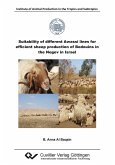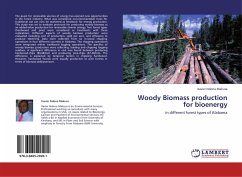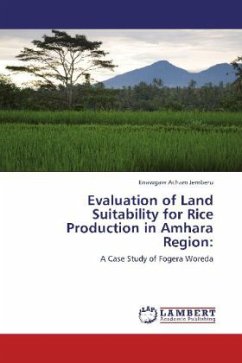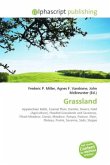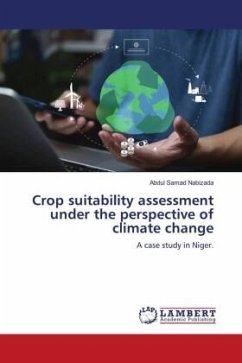Species-rich semi-natural grasslands with low-intensity management have a high nature conservation value. Due to the low digestibility of the mature herbage at the usually late cutting dates of these grasslands, their use in animal nutrition is limited. As a result, semi-natural grasslands are threatened by either intensification or abandonment of management in many parts of Europe. Production of bioenergy from semi-natural grassland biomass is an alternative utilization that can help to keep up the low-intensity agricultural management necessary for the conservation of these grasslands. Combustion is a particularly well-adapted conversion technology for the decentralized utilization of lignocellulosic biomass. However, as semi-natural grasslands have low biomass yields and the harvested biomass has a low energy density, it is not evident if its combustion will result in relevant net energy production and relevant greenhouse gas emission savings. Compared to other biomass fuels, moreover, few studies have focussed on the content of combustion-relevant elements in semi-natural grassland biomass. Available information points towards a sometimes problematic chemical fuel composition with high variability. On the basis of a long-term field experiment with for management intensities, a life cycle assessment of semi-natural grassland biomass combustion was performed. Cumulative energy consumption and global warming potential of the experimental variants without N fertilization were 87-91% lower than those of a fossil fuel reference scenario. Acidification potential, however, was higher than in the reference scenario due to nitrogen oxide, sulphur dioxide and hydrogen chloride emissions.


